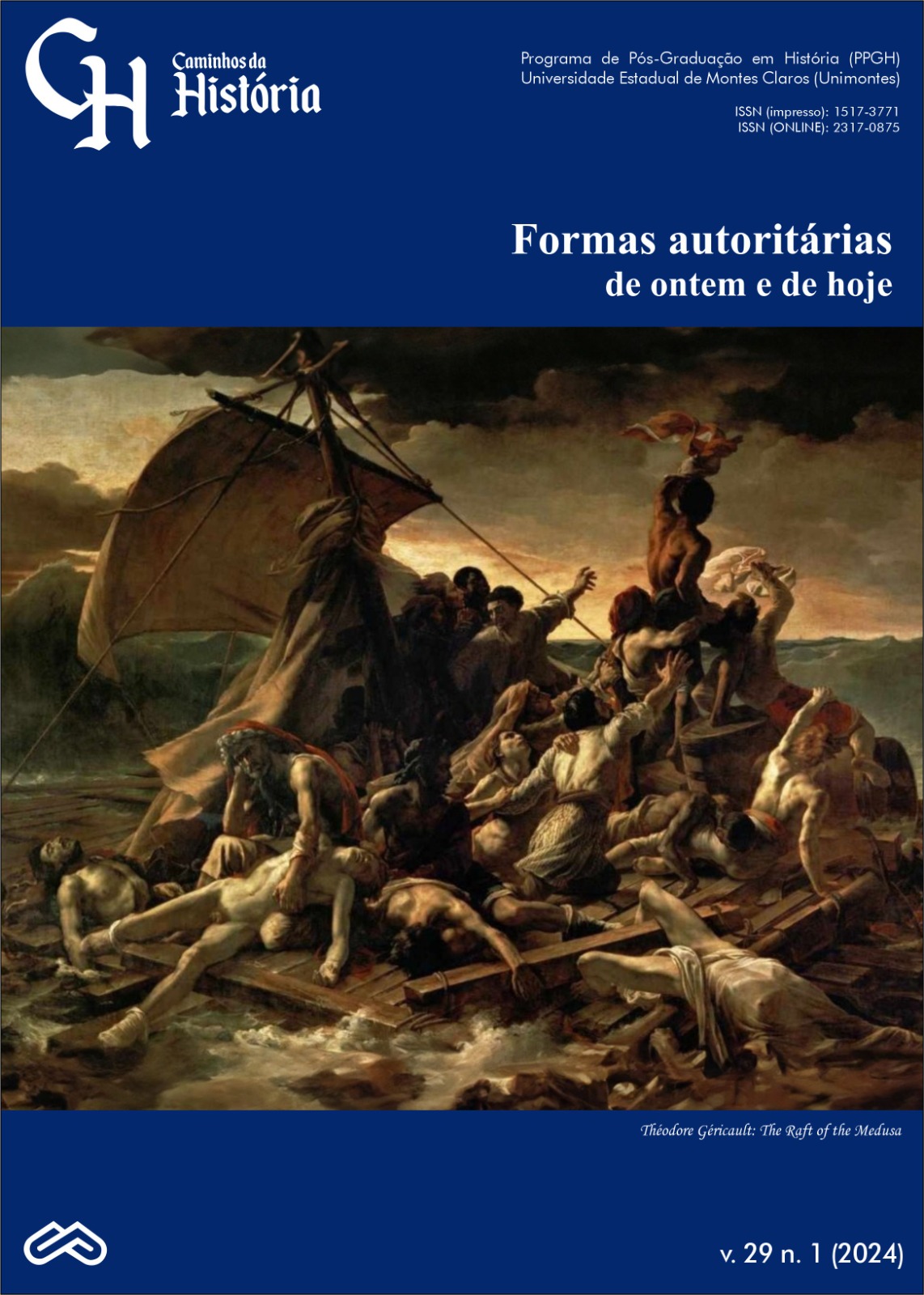Hidden war – Kantokeun Operation
Hidden war – Kantokeun Operation
DOI:
10.46551/issn.2317-0875v29n1p.12-27Keywords:
URSS, Red Army, Mongolia, Japanese Army, World War IIAbstract
“Hidden War” translates well the vision with which the West, mainly with the advent of the Cold War, treated the hostilities that involved the Soviet Union and the Empire of Japan between 1937 and 1945. During this period, two large armies They tested what the most modern equipment and strategies were there. They fought on land, sky and water, exercised vigorous diplomacy and constituted one of the most important moments of World War II and its previous conflicts, in the Far East, only after Japan's defeat would it involve the United States and the United Kingdom. The Japanese defeat by the Soviets in 1939 forced the Tokyo government to fight in the Pacific Ocean, diverting the previous focus of Japanese imperialism/militarism, causing the fateful attack on Pearl Harbor. The Soviet operations that prevented Japan from penetrating Mongolia and the USSR and halting its actions in China are still largely unknown today, favoring a vision of containment of Japanese imperialism solely by Washington. From the analysis of the conflict, we can shed light on a series of central events that guided fascist imperialism in the 1930s and 1940s.
Downloads
References
KULKOV, E. Rjechevski, O. Tchelichev, I. A Verdade e a Mentira sobre a Segunda Guerra Mundial, Lisboa, Edições Avante, 1984.
MINASIÁN, M. La Gran Guerra Patria de La Union Soviética, Moscú, Editorial Progreso, 1975.
PALACIOS, Antonio García. La Guerra Oculta, Madrid, HRM Ediciones, 2ª Edición, 2020.
PITILLO, João C. P. Aço Vermelho Os Segredos da Vitória Soviética na Segunda Guerra Mundial, Rio de Janeiro, Editora Multifoco, 2ª Edição, 2014.
RZHESHEVSKI, Oleg. Lecciones de La Segunda Guerra Mundial, Moscú, Editorial de La Agencia de Prensa Nóvosti, 1979.
ZHUKOV, G.K. Memorias y Meditaciones, Habana, Instituto Cubano Del Libro, 1969.




















